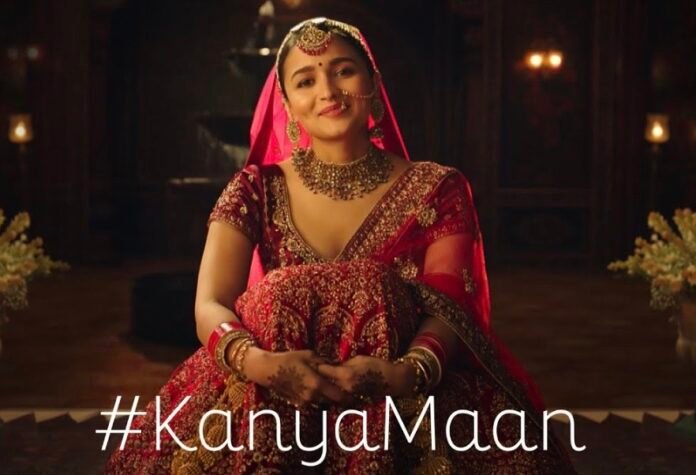The recent ruling of the Allahabad High Court regarding ‘Kanyadaan’ not necessarily being a part of the marriage ritual but confirming that ‘Saptapadi’ remains an essential ceremony seems to resonate with many people who have always misinterpreted its meaning.
Marriage, which binds two people together for a lifetime, holds great significance in every religion. In the Hindu religion, the marriage is deemed complete only when rituals like ‘kanyadaan’, where the parents of the bride give her hand to the groom, symbolizing the transfer of the bride to the groom’s family, and ‘Saptapadi’, the seven pheras, are performed.
‘Kanyadaan’, a term often misconstrued. Advertisements frequently seem to ridicule the concept of Kanyadaan, attempting to redefine it as a regressive ceremony. They often portray this act of giving as emphasizing that girls are ‘paraya dhan’ (belongings of another). However, if we delve into the Vedic Era, the groom was considered to be Lord Vishnu and the bride a symbol of goddess Lakshmi. The transfer of the bride symbolized the union of Vishnu and Lakshmi. This act is not about relinquishing ownership of the daughter to the groom but rather about transferring responsibilities and urging the groom to treat her as an equal partner.

